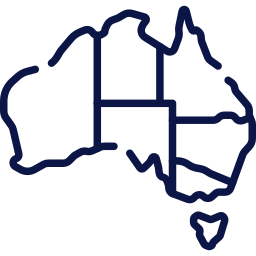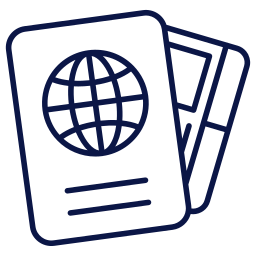





















Australia is a well known warehouse of hot career opportunities for aspiring migrants. Encouraging and inspiring young skilled workers in various industries, Australia is one of the favorite spots for people looking for a prospering career. Australian skilled nominated visa consultancy service can be obtained with the right type of skilled visa.
Protective steps we employ that will help you achieve successful acceptance of your visa for Migration Services Australia Pathway Education is a competent team of Best Migration Service Agent Australia and has been providing endless immigration and visa processing services to various global clients for many years. Efficient in handling all types of unpredictable situations, our migration services come at affordable and customized packages.







